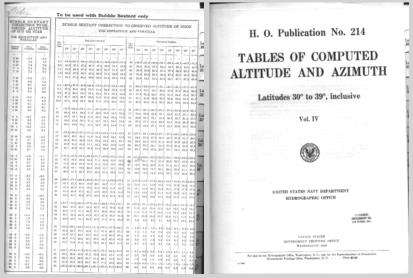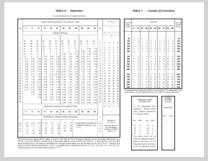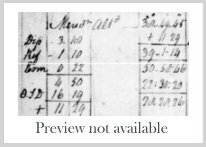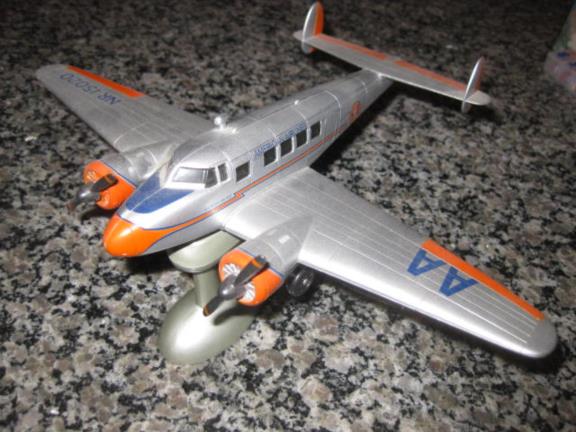
NavList:
A Community Devoted to the Preservation and Practice of Celestial Navigation and Other Methods of Traditional Wayfinding
Re: Amelia Earhart navigation- basic information & PICTURES
From: Gary LaPook
Date: 2009 Dec 1, 01:44 -0800
From: Gary LaPook
Date: 2009 Dec 1, 01:44 -0800
I have no doubt that Noonan would have been able to see the horizon over the nose of NR16020 while sitting in the right seat (assuming good visibility and no clouds obstructing the horizon.) I just checked my logbook and I have flown 67 different types of airplanes. I haven't flown an Electra but I have time in a Beech 18 which is very similar. The horizon is the primary reference for the pilot in establishing the attitude of any airplane so planes are designed so that the pilot will be able to see the horizon over the nose in normal flight attitudes. There may be some exotic aircraft where this is not true, the Concorde comes to mind. For takeoff and landing the nose of that plane pivoted down so the pilots could see the horizon. In cruise the nose pivoted up to streamline the plane and so obstructed the pilots' view of the horizon while cruising at mach 2 at FL 500 (50,000 feet.) There may be others but I can't think of any. So Noonan might have been able to observe the sun rising in relationship to the horizon, but that is not the problem. In fact I have done the very thing myself. I just looked in my wallet and I found a piece of paper I have been carrying for about 30 years that lists the Ho's for these types of observations as taken from different heights. This table combines dip, refraction and, for the sun, semi-diameter. I've used it many times and it works. I have attached this table. So that is not the problem with a "sun rise observation," the problem is the one I already pointed out, that Noonan would not have known what refraction correction to apply. His refraction table only has corrections for altitudes above 6 degrees and the refraction changes radically and non-linearly below 6 degrees. The reason I could do this and Noonan couldn't is that I had access to the modern refraction table in the Air Almanac that covers altitudes below 6 degrees, including negative altitudes, to use in preparing my table. I doubt that a refraction table covering negative altitudes existed prior to the publication of H.O. 249 which was the first sight reduction table to cover negative altitudes. So before H.O. 249 there was no need for a refraction table covering such low altitudes. In fact, the same refraction table is published in H.O 249. H.O. 249 wasn't published until 1953, 16 years after Noonan disappeared. The refraction table that Noonan did have continued to be used for many years. I have attached the refraction table from the 1940 edition of H.O.214 and it is identical to Noonan's. I am also attaching the refraction table from H.O. 249 so you can compare them. I am also attaching pictures of my Electra model. gl -- NavList message boards: www.fer3.com/arc Or post by email to: NavList@fer3.com To , email NavList+@fer3.com











